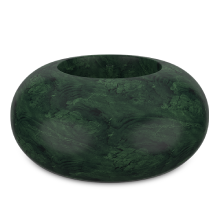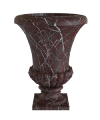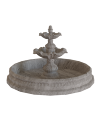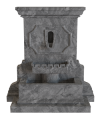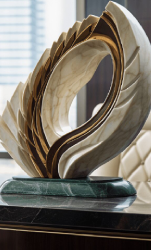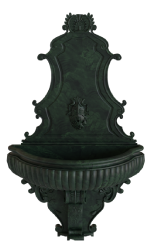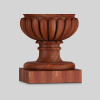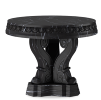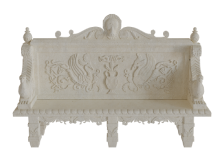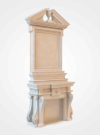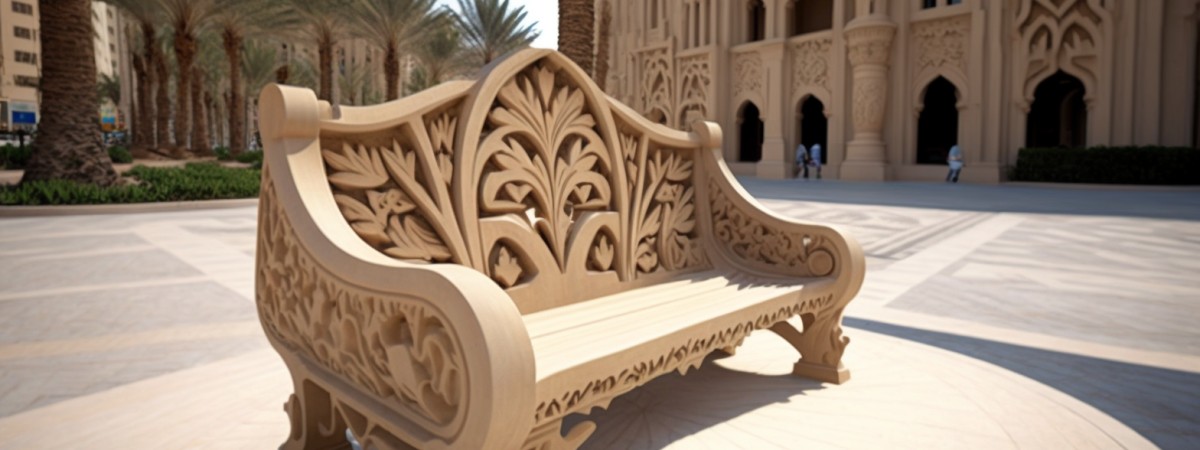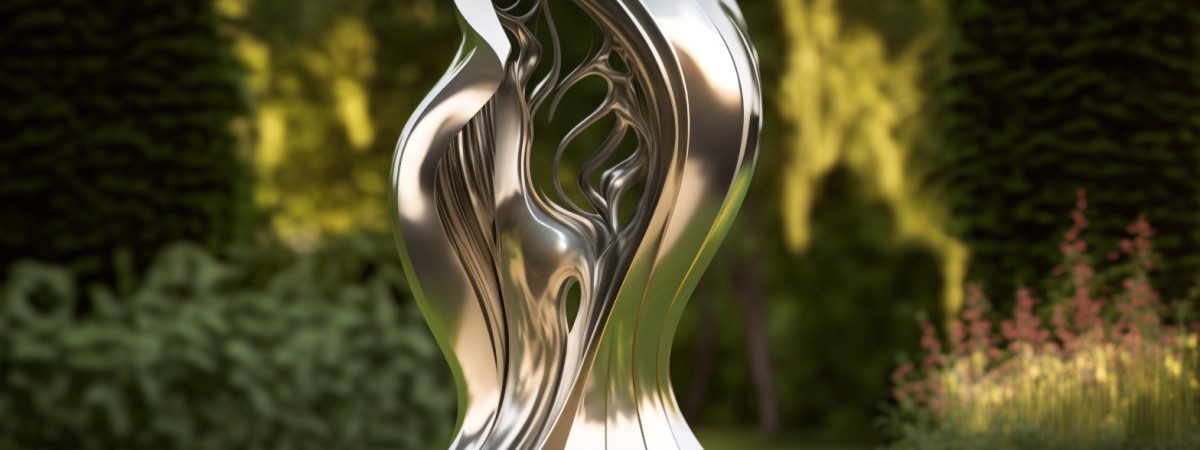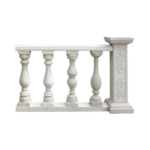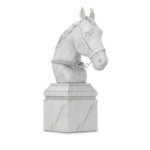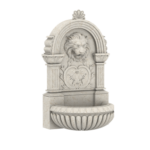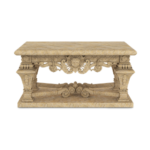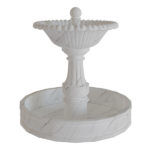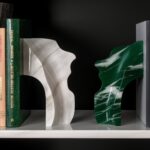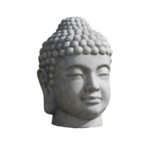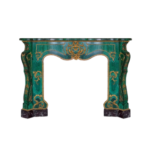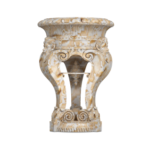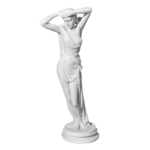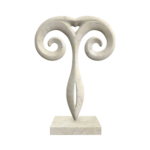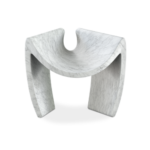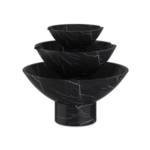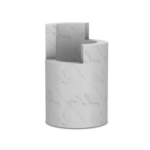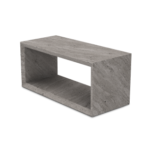June 11, 2021 Author: Admin
Animal Figurines : Its Origin and Importance
Animal sculptures have gained immense popularity over the last few years. But, have you ever thought of how it happened?

It is believed that throughout ancient times, craftsmen and sculptors have experimented with a diverse variety of mediums. While carved wood, burned clay and cast copper left an indelible mark, Marble has charmed the world.
Don’t you think?
Marble was first used in the construction of the Parthenon in Athens, Greece (438 BC).
This embarked upon a new journey for marble itself. So now the question arises when it became widespread.
During the Imperial Roman period, Marble replicas of bronze statues from Greece became increasingly fashionable.
Over the decades, the usage of Marble improved, and artisans started making animal figurines like statues of lions, elephants, horses and more.
The lion-headed figure (Löwenmensch) is the world’s most pristine known zoomorphic (animal-shaped) sculpture, as well as one of the most distant confirmed examples of figurative art.
On the other hand, the Great Sphinx of Giza is the most famous sculpture in the world.
Now, let’s look at the origin and importance of Marble animal sculptures.
Mesopotamia
In ancient Mesopotamia, Marble was used to making primitive representations of animals and figures.

These included both naturalistic and anthropomorphic. However, other materials such as sandstone, limestone, diorite, and terra-cotta were employed more frequently.
Mouflon was one of their remarkable creations.
Greece
Ancient Greece Manufacturers started to demonstrate a growing interest in marble throughout Ancient Greece’s Archaic Period of art (8th century-500 BCE).
Marble figures from this period were described to not be naturalistic, as their expressions are stern.
Marble sculptures became famous throughout Greece’s Classical Period (500 BCE to 323 BCE).
For designing large sculptures, the Greeks used various materials, including limestone and marble (which soon became the stone of choice- particularly Parian marble).
Classical sculptors began to create stunning standalone figures.
Horses were one of the animal figures that they made. The most prominent example of a dog carved in marble in Greek art is found at the Acropolis in Athens in the 6th century BC.

This dog is supposed to have been presented to the goddess Artemis of Brauronia, and its piercing stare and figural treatment give the figure, which appears to be about to leap up, a sense of panic.
Egyptians
Talking about early Egyptians, they took some inspiration from the Greek when it came to their designs. Ancient Egyptians used a vast range of stone in their artwork.

While their preferred materials were limestone and granite, they did employ marble on occasion to carve animals, pharaohs, gods, and guards for temples and tombs.
Fascinating, isn’t it?
Romans
Portraits, or busts, and marble replicas of Greek bronzes are the most well-known Marble sculptures created by ancient Roman sculptors.
Artists carved lifelike images of persons from the chest or neck up throughout the Republican Era, including political leaders, military personnel, and historians. Some traces of animal figurines could also be found.

However, Ram ( the sheep) was one of their creations which included the usage of Marble.
Did you know: Animalier or animalier bronzes is an ancient name for small-scale animal sculptures mass-produced in broad masses, especially in 19th-century France and to a lesser extent elsewhere in continental Europe.
Don’t you think it’s exciting to learn so much more about ancient art and sculptures?
And hey, if you’re looking to invest in Marble, check out our vast range of products at Marblising that are carefully curated for the likes of everyone!




